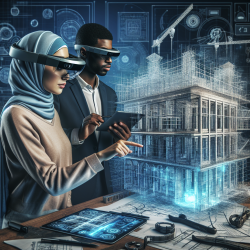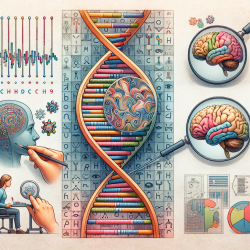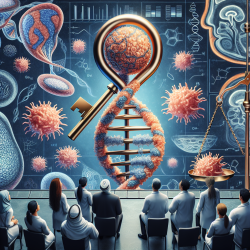Introduction
In the ever-evolving field of civil engineering, the integration of Augmented Reality (AR) is paving the way for groundbreaking advancements in Structural Health Monitoring (SHM). As infrastructure ages and environmental conditions become more unpredictable, the demand for real-time, accurate, and efficient monitoring solutions has never been more critical. This blog explores the innovative research on AR-based real-time visualization for structural modal identification and how it can enhance your practice as a practitioner.
Why Augmented Reality?
Traditional SHM methods often face challenges such as delays in data processing, dense instrumentation requirements, and difficulty in accessing certain structural areas. AR offers a solution by overlaying digital information onto physical structures, providing an intuitive interface for onsite inspection and maintenance. This technology enhances engineers' ability to detect anomalies and make informed decisions promptly, optimizing safety and extending infrastructure lifespan.
Research Insights: Real-Time Visualization
The research paper "Augmented Reality-Based Real-Time Visualization for Structural Modal Identification" presents a novel approach to SHM by leveraging AR technology. The proposed system allows live visualization of time-domain, frequency-domain, and system identification information through AR. This integration enables detailed multi-sensor analyses within an immersive environment, facilitating real-time communication with external databases and expanding analytical capabilities.
How to Implement AR in Your Practice
- Adopt AR Tools: Utilize devices like Microsoft HoloLens 2 to immerse yourself in AR environments, allowing for hands-free inspections and real-time data analysis.
- Enhance Data Processing: Integrate AR with existing SHM systems to visualize structural data intuitively, enabling faster anomaly detection and decision-making.
- Leverage Remote Connectivity: Use AR to establish real-time communication with external databases, enhancing data acquisition and processing capabilities.
Encouraging Further Research
While the integration of AR in SHM is promising, the application remains novel and open for improvement. Practitioners are encouraged to explore further research opportunities, such as enhancing AR interfaces, improving data processing algorithms, and integrating additional sensor technologies.
Conclusion
The integration of AR in SHM represents a significant leap forward in civil engineering, offering real-time, data-driven insights that enhance the efficiency and safety of structural inspections. By adopting AR technologies, practitioners can revolutionize their approach to infrastructure maintenance and extend the lifespan of critical structures.
To read the original research paper, please follow this link: Augmented Reality-Based Real-Time Visualization for Structural Modal Identification.










